Aerodynamic testing for the all-new 2026 Formula 1 cars became legal at the start of January, so it’s now full steam ahead for all the teams looking at every detail to work out how to produce the most competitive package for next year.
Chances are, the rulemakers will be surprised by what the teams come up with given changes of regulations never lead to the end result that’s anticipated.
The rules are so defined and restrictive now – creating various boxes, defining the positions of components relative to each other and what surface shapes you can and cannot use in your design. You have to work this out as a foundation before you can really visualise what you will create. So at first it’s about a group of people studying the regulations to fully understand them. This process will have started long ago but now it really will have gained momentum.
We’ve been busy in the wind tunnel alright 😎
Last week, in accordance with FIA regulations, official Wind Tunnel testing of the 2026 BWT Alpine Formula One Team car (A526) began 💪 pic.twitter.com/MwgX0oMzCB
— BWT Alpine Formula One Team (@AlpineF1Team) January 7, 2025
The big teams with more resources will find it easier to split their expertise between the 2025 and 2026 projects. They will likely have started with something like 25% of their technical brainpower focusing on 2026 with 75% dotting the i’s and crossing the t’s on the 2025 package. Then that gradually moves over to the point where it will be 100% focused on 2026 from around the summer break onwards.
It’s more difficult for the smaller teams. You can’t afford to let 2025 just slip past, you need to perform to drag in as much money as possible both from sponsors and championship position otherwise you will suffer in the future. But because the changes are so comprehensive, you can’t simply forget about 2026 until later in the season.
It’s always been the same so it’s no surprise that usually when there is a major regulation change the bigger teams get stronger at least for a couple of seasons. For a smaller team to get one over the bigger teams, you need to find that grey area that others have missed.
So it’s all about finding those loopholes, which usually means finding design directions that those writing the rules haven’t spotted are possible. The famous double diffuser of 2009 is a prime example. Sometimes, such ideas don’t even rely on grey areas but instead just on concepts that haven’t been thought of.
We don’t know what the teams will come up with for 2026 yet, but a look back at the FIA and F1’s initial renders for the 2022 ground effect rules (originally planned for 2021) shows just how different expectation and reality can be – especially that the current cars are not delivering fully on the objective of creating good, close wheel-to-wheel racing.
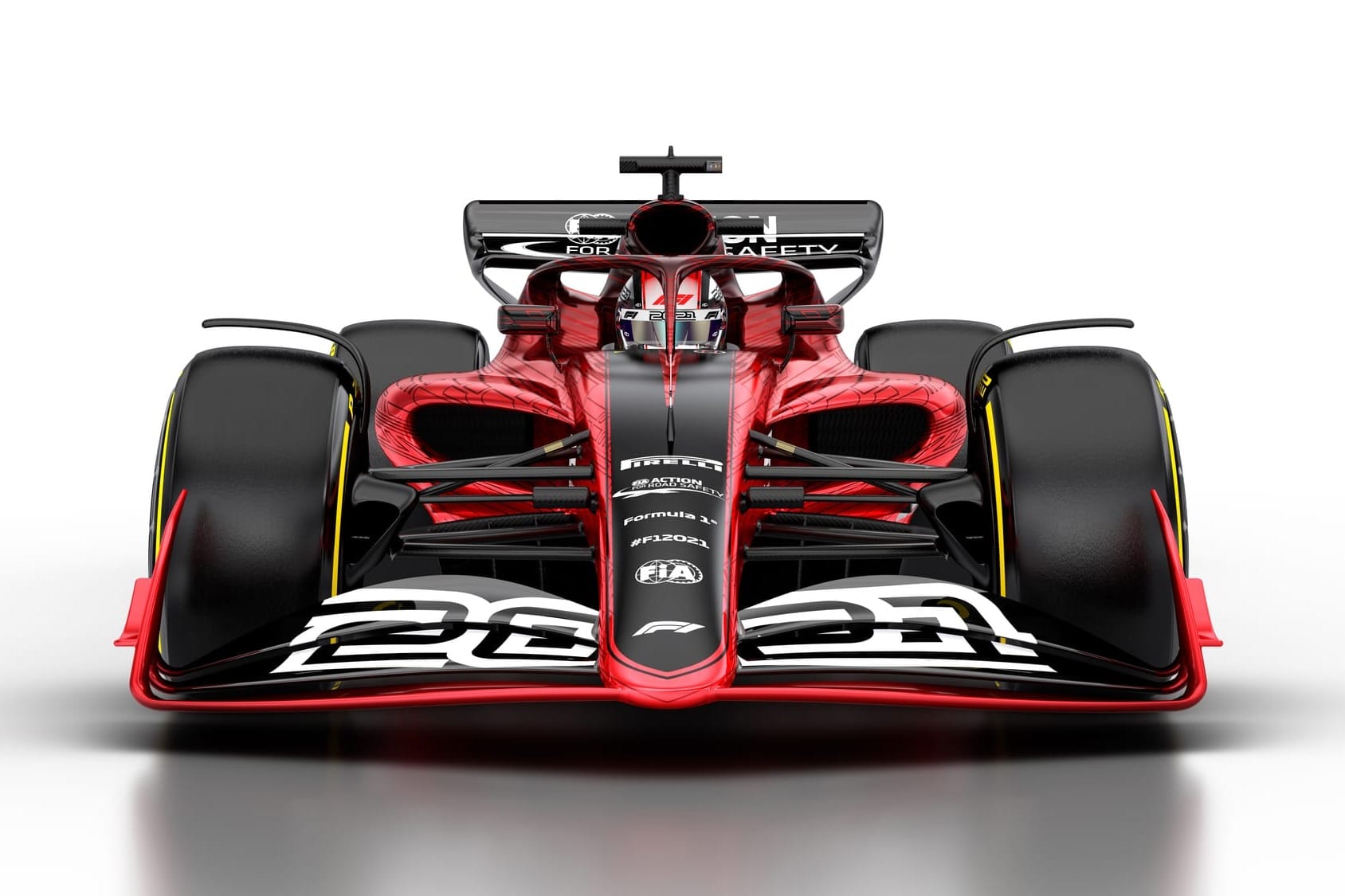
For years, the FIA said it didn’t have the resources to research the rule changes fully but, for 2022, in partnership with F1’s commercial arm FOM, it was happy the budget was there to do it.
The initial renders when the rules were launched, liveried as 2021 cars because that was the year they should have first appeared before COVID-19 intervened and delayed the new rules by 12 months, are aesthetically fairly pleasing but also fairly simplistic. However, as you would expect the teams didn’t take much notice of those renders.
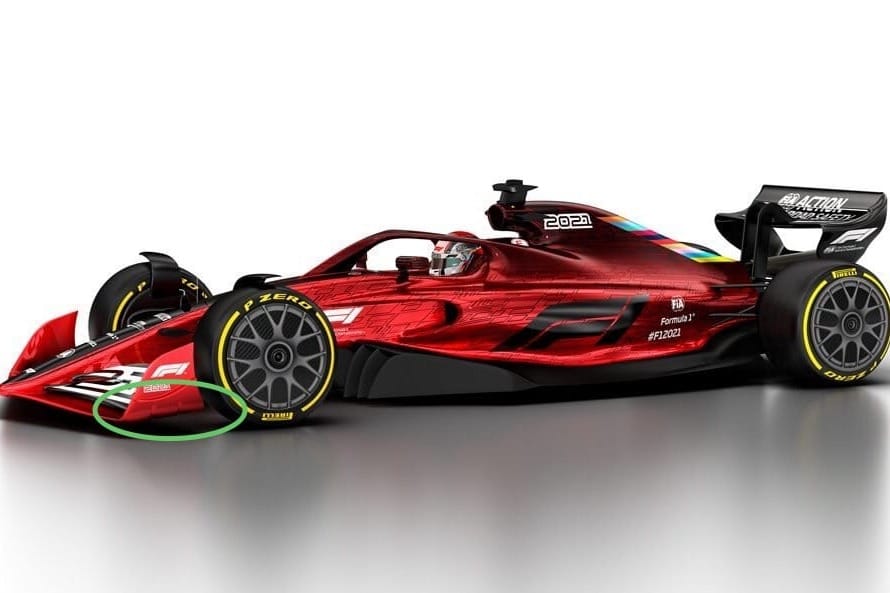
The front wing endplates, highlighted with the green ellipse, were the first area of focus for most teams. Generating outwash around the front tyre contact patch in this area was beneficial to the front wing and the underfloor.
Mercedes seemed to be the team that latched onto that concept earliest. However its overall performance wasn’t up to par because of various other inherent aerodynamic problems.
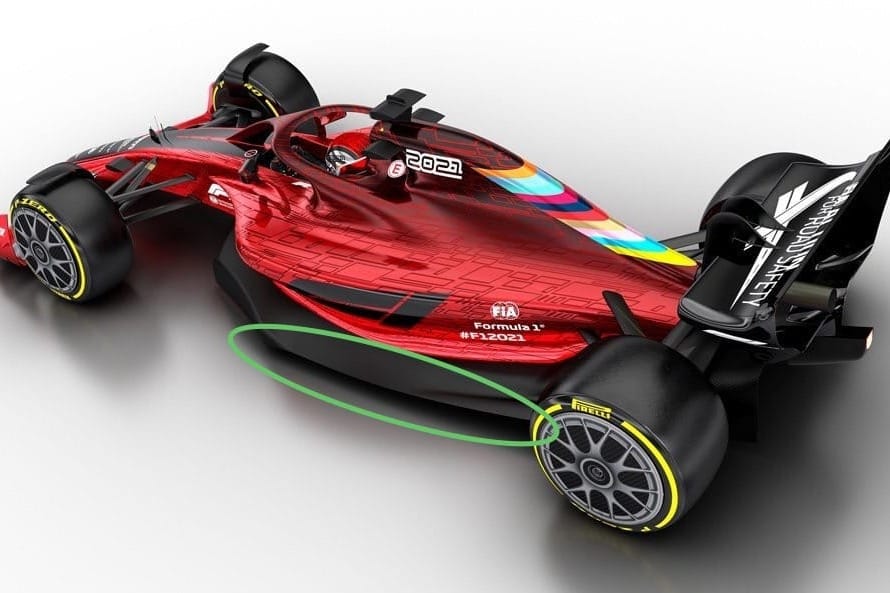
As for the sides of the floor, if you were around in the late 1970s and early 1980s when the ground effect cars had sliding skirts or some form of mechanical sealing system, you would have known that this area highlighted with the green ellipse was going to be critical for underbody performance.
The FIA and even some teams seemed surprised that when the cars first ran they were generating fairly dramatic porpoising, particularly what was then called Alfa Romeo and Mercedes. But if you’d been around in the earlier ground effect era you would have experienced porpoising first hand and this reincarnation 40-odd years on would not have been such a surprise.
The porpoising was so intense that the teams accepted a proposal from the FIA to raise the sides of the floor. This was effective, but not enough to eliminate the potential for porpoising. Instead, it just delayed it slightly. However, in the end that meant that it was now more important to run the car as low and stiff as possible, so porpoising still existed but now the cars were stiffer, meaning the drivers suffered more – which led to the FIA also coming up with a matrix to analyse vertical impacts on the drivers’ spines.
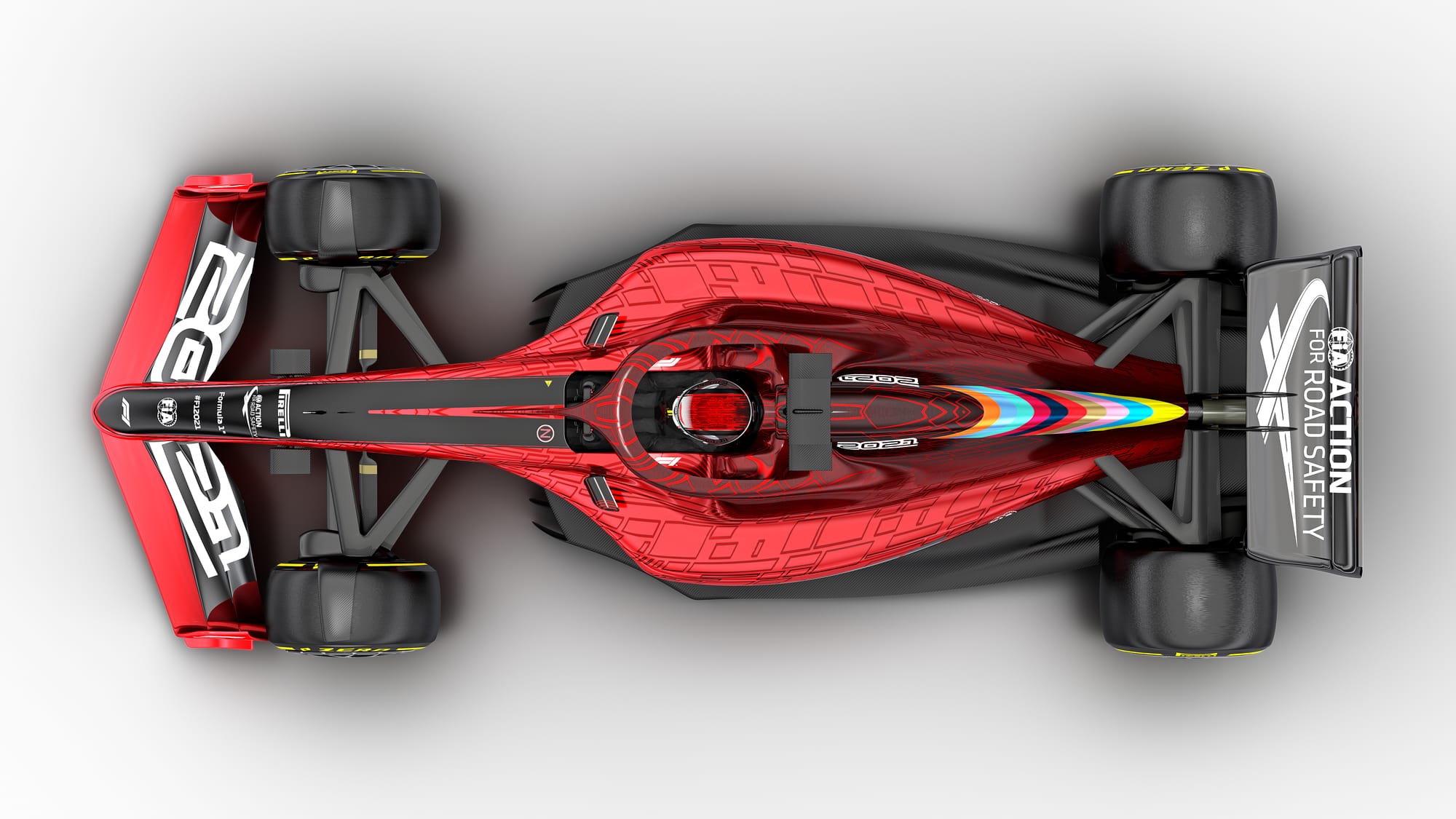
It wasn’t long before the teams were researching ways of sealing this area off by generating vortices. Again, this created more outwash around the outside of the rear tyres.
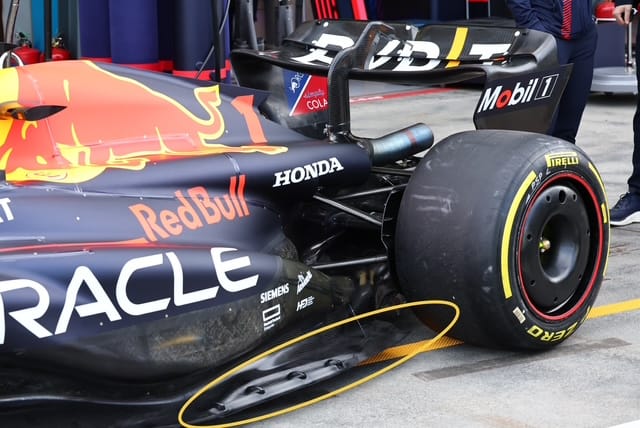
In the early stages of 2022, some teams opted for less complicated flow structures than others. If you compare the Red Bull to the Mercedes in 2022, which is highlighted with the yellow ellipse, it looks like Mercedes had it cracked. But no, over-sealing this area can simply lead to increased porpoising, so bad that drivers had their vision affected and were struggling to cope.
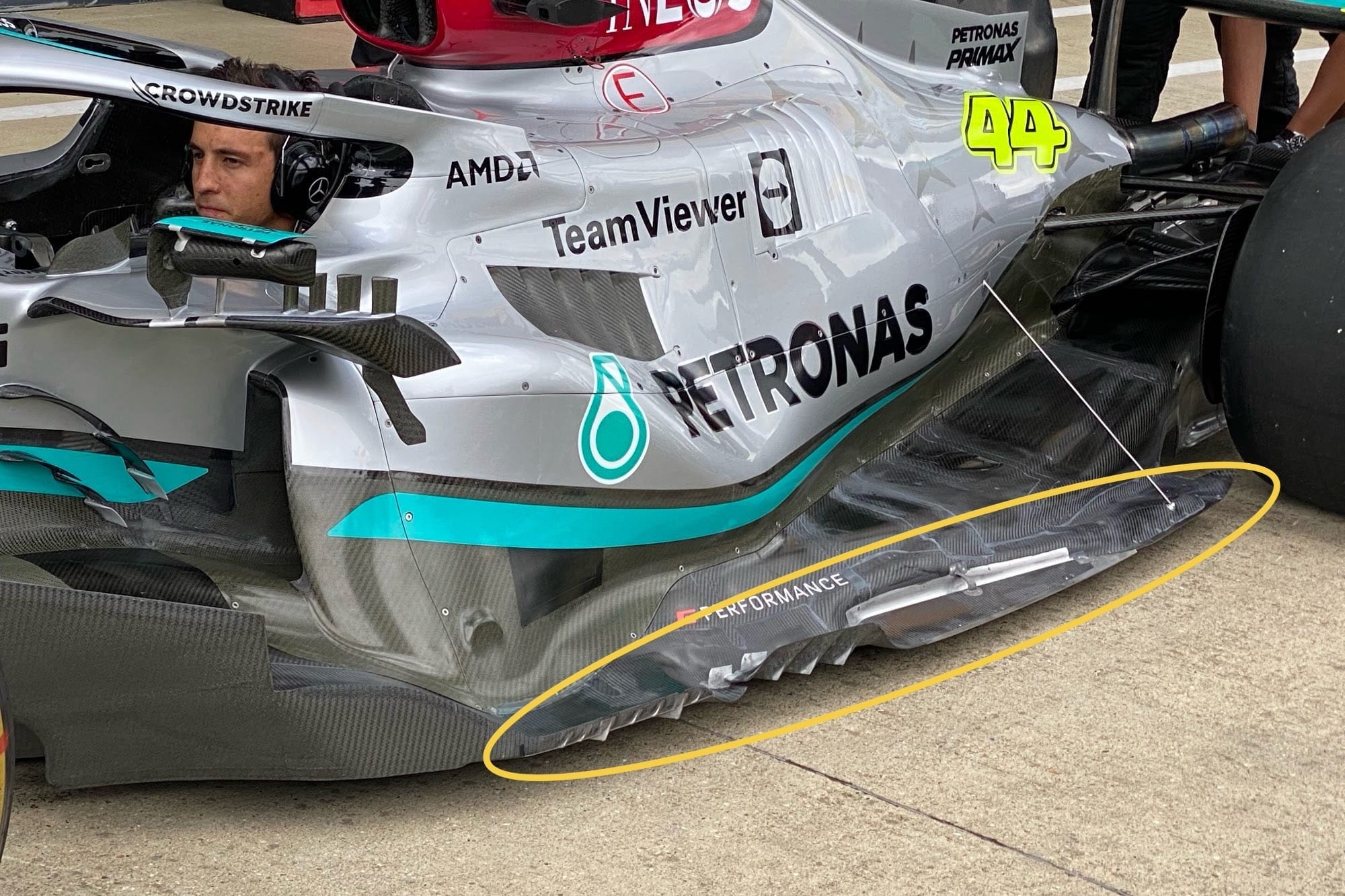
When you have come from this style of a bargeboard system at the end of 2021, you are not going to forget overnight how powerful a vortex structure can be at controlling the positioning and direction of the overall airflow.
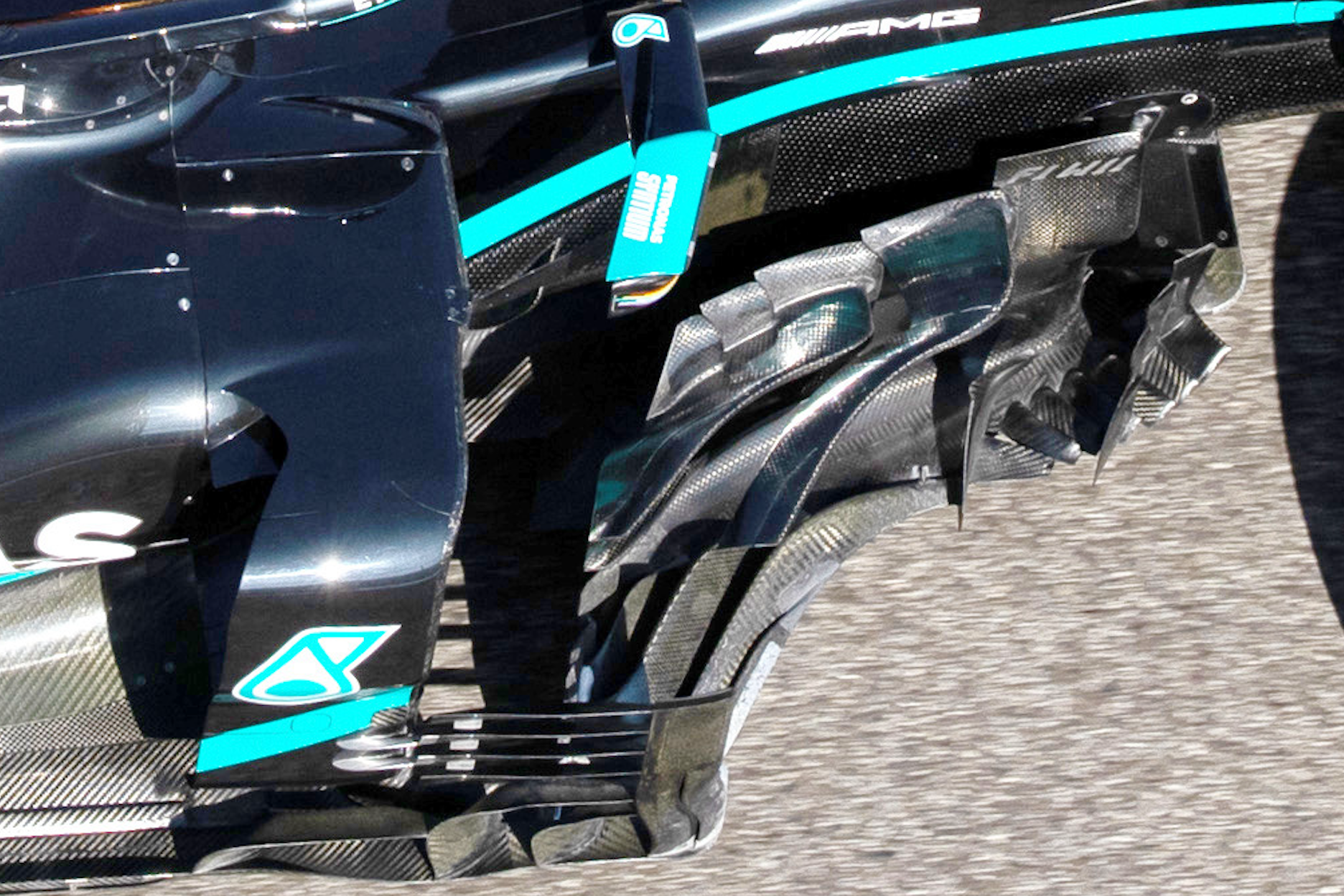
As the seasons progressed, both the lower trailing edge of the front wing endplate and floor edges (highlighted with the yellow ellipse below) developed to improve the performance of the actual car’s underfloor and, in turn, reduce laptime. All of this was achieved while keeping porpoising under control.
But in doing that, the outwash and vortex generation increased, which generated higher levels of turbulence for any following car especially when it was close enough to pull alongside to attempt an overtaking manoeuvre.
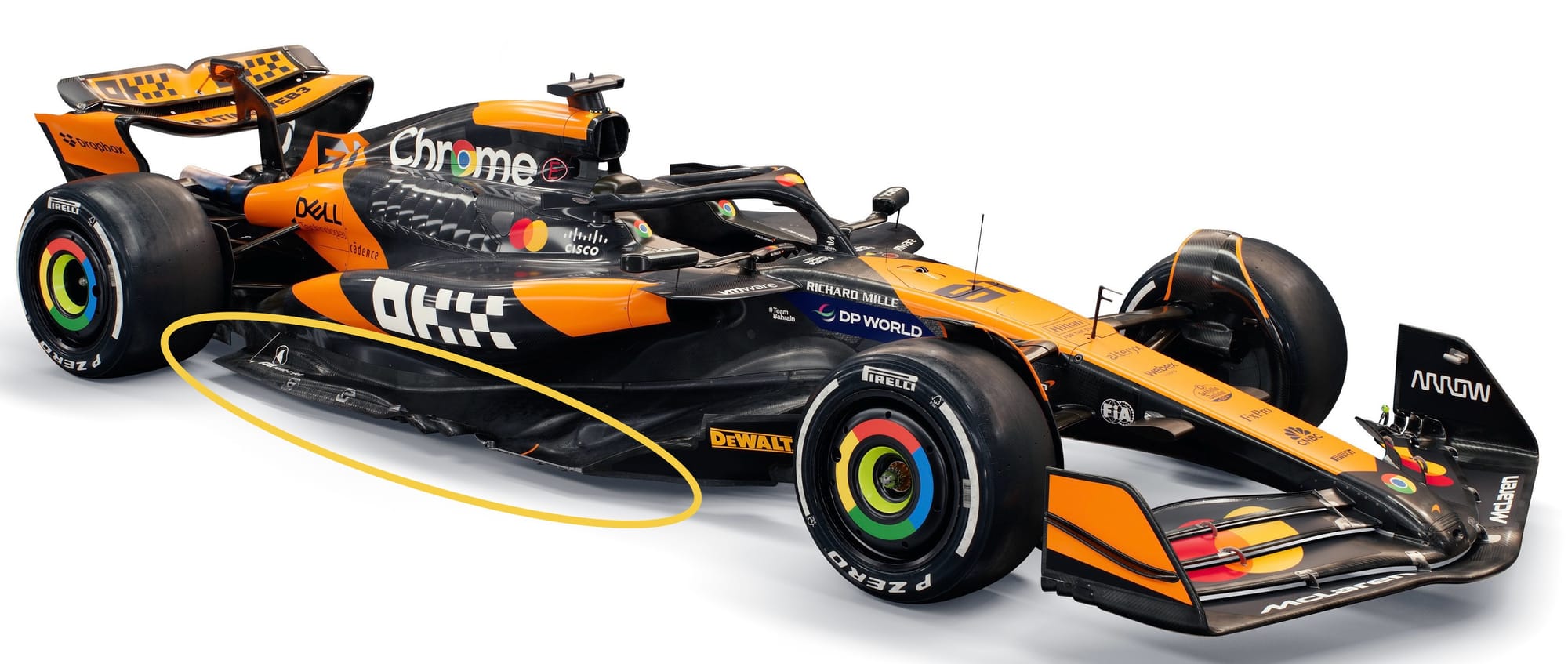
WHERE TEAMS WILL EXPLOIT 2026 RULES
So what does the comparison of what we saw last time around tell us about what to expect in 2026 compared to the renders that have been released?
Let’s have a look at the FIA renders for the 2026 cars that are based on a set of technical regulations that covers 260 A4 pages. Just imagine how many grey areas there are to exploit when about 3000 design engineers, split around what is now 11 teams, get their pencils sharpened.
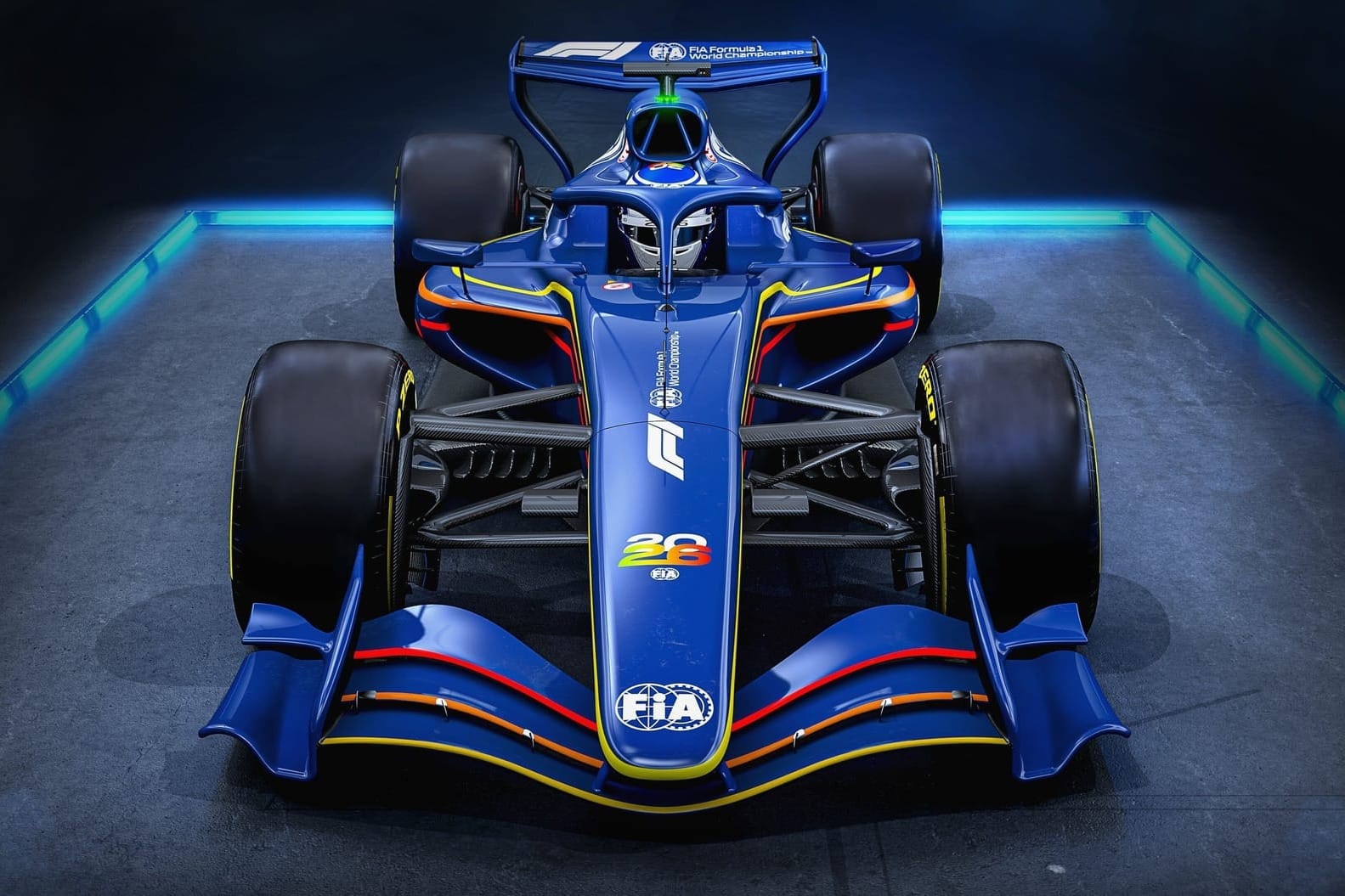
This is an aesthetically pleasing render. Unfortunately, as before, it is fairy simplistic so I’m not expecting the cars to look anything like this.
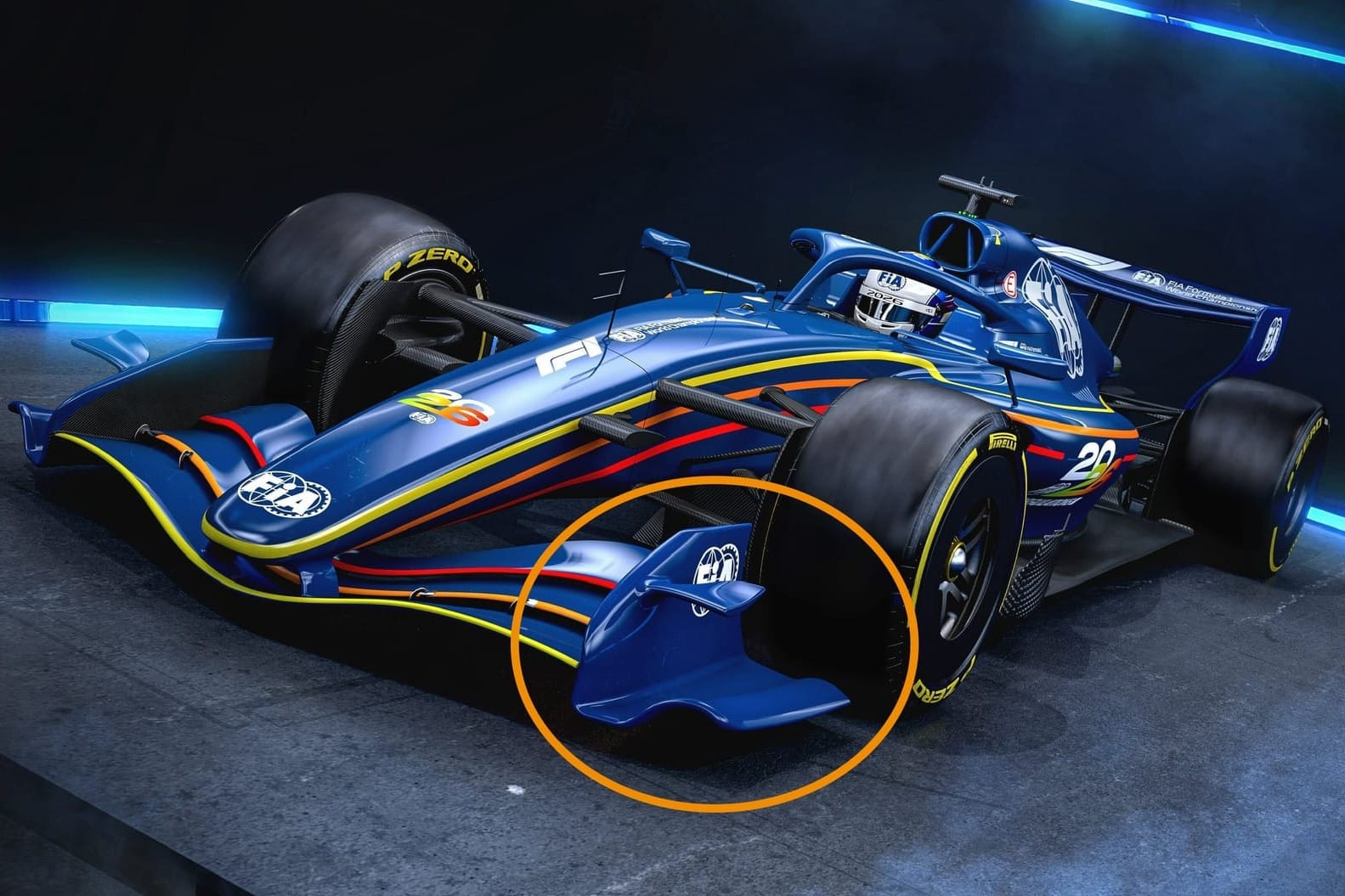
The front wing endplates look a bit fragile to me. I’m sure we all remember how many times over the last few seasons damage was suffered in this area but looking at this concept suggests 2026 will probably be a lot worse.
As for the ground effect underfloor, when the 2022 regulations were introduced I wasn’t sure if a team such as Red Bull which prior to that introduction always ran its car with a lot of rake (the rear was much higher than front) would continue with that philosophy. However, very quickly teams and me realised that sealing was more important than increasing the diffuser volume with a high rake set-up.
The FIA argues that the floor changes and shorter diffuser will mean that the underfloor will be less powerful and because of that the teams won’t run the cars as low or as stiff.
I would disagree. If it is all working correctly, the underfloor will still be the most aerodynamically powerful component on the car so you can’t afford to give that up.
Want more from Gary Anderson sooner? Join The Race Members’ Club on Patreon for early access to columns from Gary, Mark Hughes and more of our F1 team plus other bonus, ad free and early release content
THESE RULE CHANGES ARE NEEDLESS
What I don’t understand is that in 2024 and hopefully 2025 we have had close racing and various winners. The championship battle went further into the season than it has for many years, so why not just keep basically the same regulations but just squeeze the size of the cars that little bit – say, dimensionally 5-10% all around?
This would, in effect, make the tracks wider. On top of that, a reduction in weight of roughly 5%, so from 798kg to say 760kg, which is not a lot but it’s in the correct direction and it’s achievable.
I believe this would mean that we would continue with the competitive racing that we now have. All 10 teams in 2025 should be within 2%, which is two seconds over a 100-second lap.
Just to visualise that more clearly, if the startline crossing speed on a normal lap is 240km/h (149mph), then that is 75 metres per second. This equals 150 metres in two seconds, so there are 20 cars sitting on the grid at eight metres spacing nose tip to nose tip, which is 160 metres front to back of the grid. So if all the cars were able to start their qualifying lap together, they would get back around again with more or less the current grid positions and laptime split.
We can’t really ask much more than that. But instead, the FIA seems determined to throw the baby out with the bathwater and start this process of creating potentially a bigger grid spread. That also means a huge spend for the teams while they all try to catch up with each other. It’s just not necessary.










